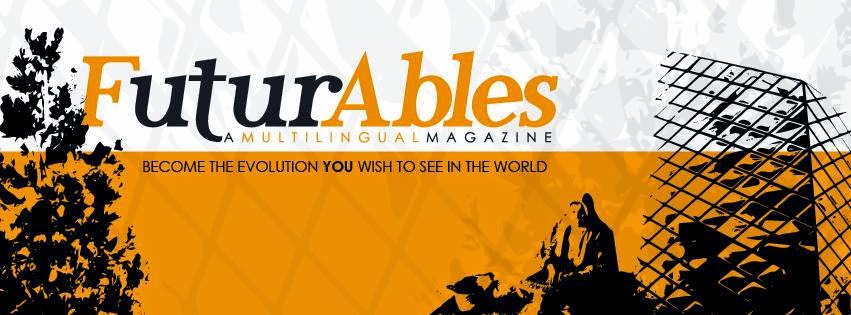
Columbine shootings
On Tuesday, April 20, 1999, 12 students and a teacher were killed at
However, a closer analysis of local news coverage and official reports reveals that the issue is far more complex than what was first thought and we are left with more questions than answers. To begin with, numerous eye-witnesses reported to the Denver Post, to the Denver Rocky Mountain News and to the FBI that the shooting went on for two to four hours, whereas the official report states that “it ended after 45 minutes.” Secondly, it is not clear how two teenagers alone could have placed throughout the high school “95 homemade explosive devices”, including two 20-pound propane tank-bombs, all at the same time and unnoticed, while carrying four shotguns and 9mm handguns and plenty of ammunitions. Unfortunately, a custodian was replacing the security camera video tape at precisely then time when Harris and Klebold entered the cafeteria. Still, over fifty eye and ear witnesses provided evidence that five to eight shooters were involved, and some of them have identified by name two other participants, members of the infamous, so-called Trenchcoat Mafia – ostensibly “a group of disgruntled Goths.” Even the reasons given for the killing spree, namely the intense and bitter rivalry between jock culture and goth culture, leave much to be desired, if one considers that Harris and Klebold shot randomly and planned to blow up the entire school, hoping to kill over 500 people, in an act of domestic terrorism that would “outdo” what Timothy McVeigh and Terry Nichols did in Oklahoma City, almost exactly four years earlier, on April 19, 1995. The two murderous students also wanted to hijack an airplane at Denver International Airport and, of all things, slam it into a
Based on the available data,
Yet bullying is common and school shootings are relatively infrequent. This means that there are no neat, exhaustive explanations for what happened that day and we are forced to confine ourselves to tentative observations, subject to revision. Constantly subjected to gay-baiting and to a total desecration of their masculine ideals in a hypermasculinity-focused environment, Harris and Klebold might have been overly concerned about the danger of being exposed as fallible males. It is possible that they eventually resorted to violence to prove their manhood and thereby heal the narcissistic wound they had suffered. This kind of violence could stem, at least in part, from a worldview in which vigorous antagonism and the desire to seize, exploit and vitalistically put oneself above morality are praised as virtues instead of being lambasted as malignant vices. If so, the shooters could be seen as thoughtless, ideological creatures, pushed by aesthetically and psychologically pleasant but seriously misguided and intoxicating fictions of masculine purity, authenticity and integrity to overcome their perhaps congenitally weak inhibitions, making them immune to moral considerations.
Cullen, Dave, Columbine, Twelve - Grand Central Publishing/Hachette, 2009
Kass, Jeff. Columbine: A True Crime Story, a Victim, the Killers and the Nation's Search for Answers.
Larkin, Ralph W. Comprehending Columbine.
Virginia Tech shootings – 500 (500)
On April 16, 2007 the campus of Virginia Polytechnic Institute, in
It is believed that Cho first killed two students in a university dormitory and then, prior to the final, methodical execution – the surviving witnesses stated that his expression was emotionless and blank, very serious but very calm, and that he did not utter a single word – he went back to his room, assembled a package containing 27 video clips, 43 stills, and an 1,800-word statement delivered in an eerily monotone voice, and mailed it to NBC. During those two, critical hours, no warning was issued to the staff and the other students. In his pre-taped confession, Cho, who arrived in the
Schoolmates and teachers described Cho as a “loner”, a “weirdo” who ate by himself, refused to engage in any meaningful conversation and wrote “morbid and grotesque” plays, “filled with violence”. When asked to write his name on the sign-in sheet, he wrote a question mark. He was bullied and stalked female students, until he was directed to counseling. However, his mental condition gradually deteriorated. He claimed his girlfriend was a gorgeous extraterrestrial named Jelly, who called him Spanky. He was the only one who could see her. During a Thanksgiving break he rang one of his suitemates, Andy Koch, to tell him that he was vacationing with Vladimir Putin in

Nessun commento:
Posta un commento